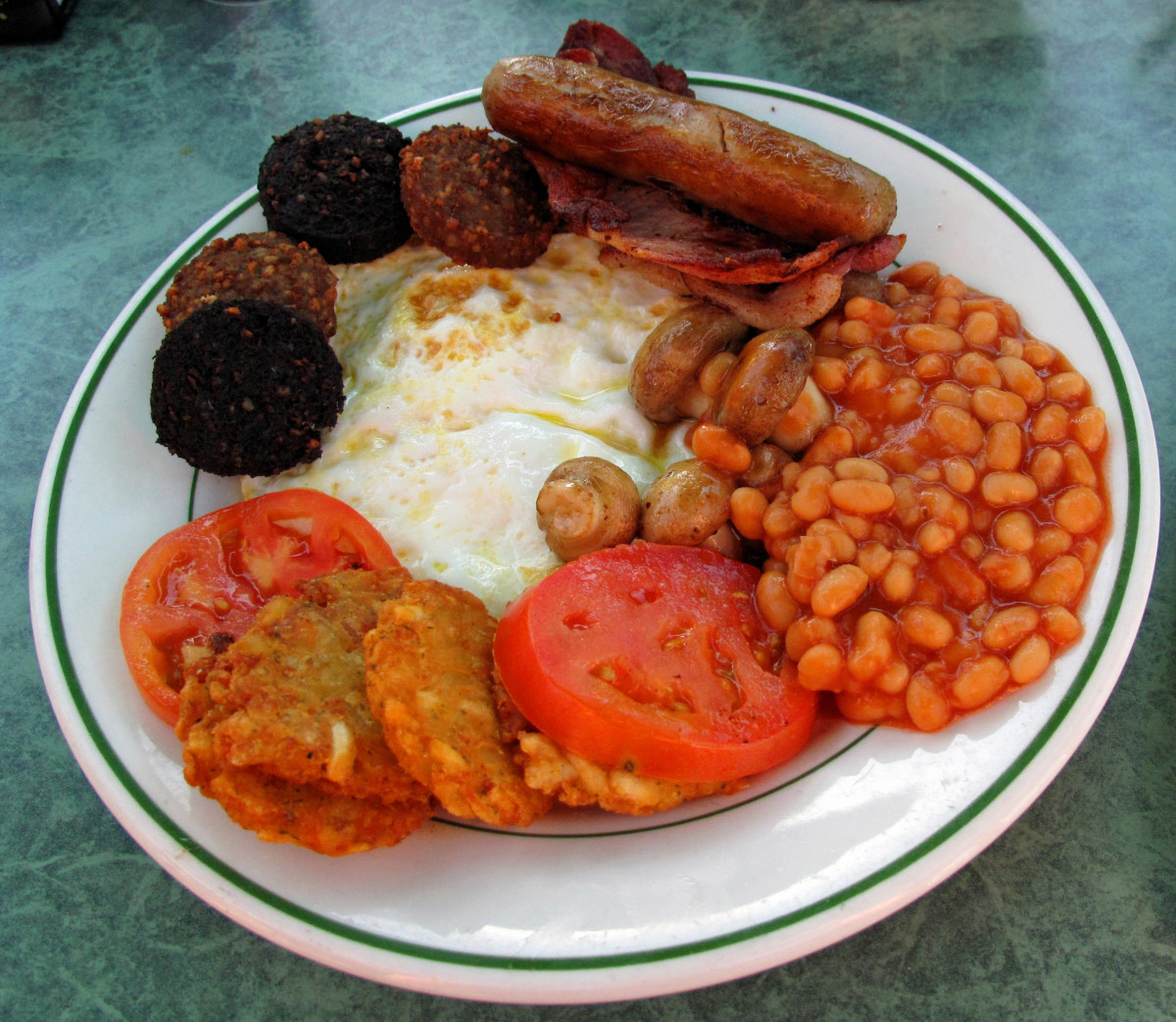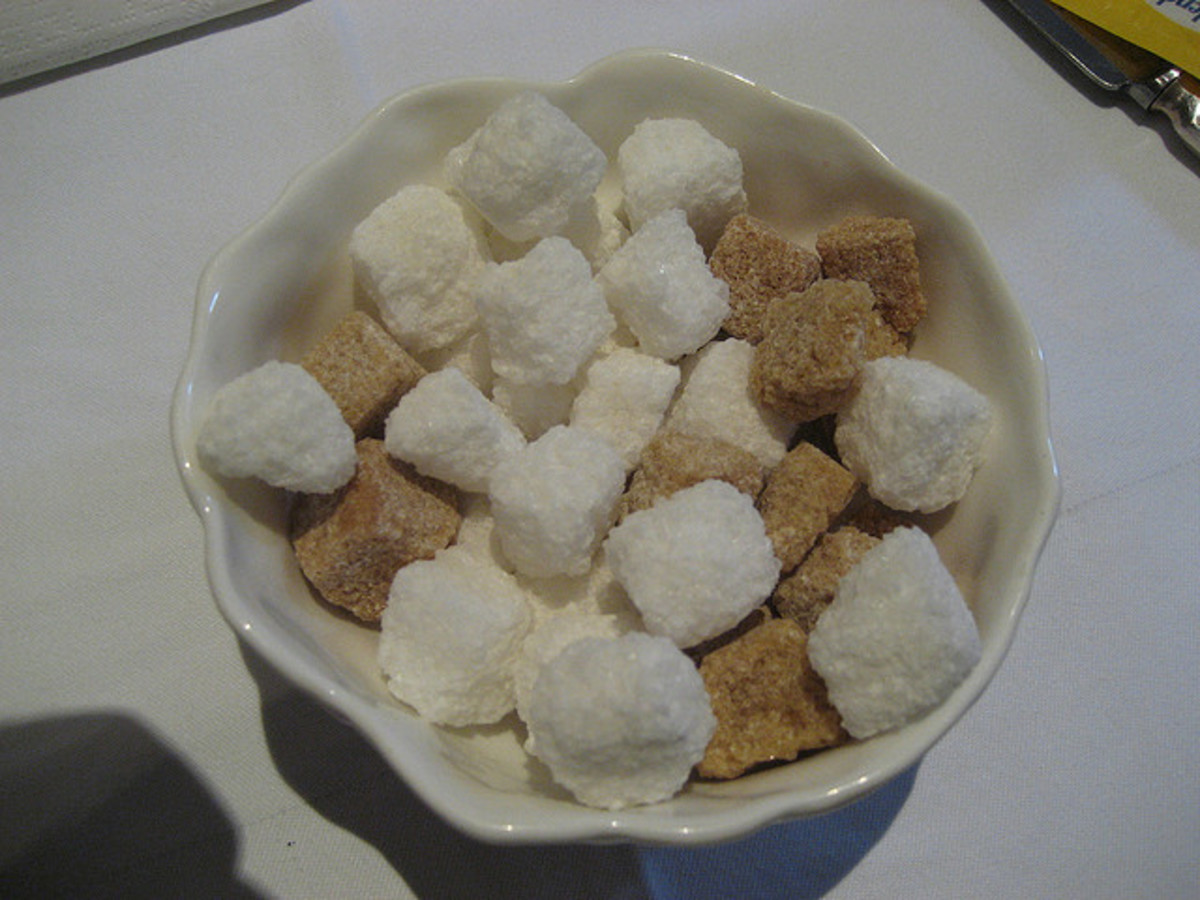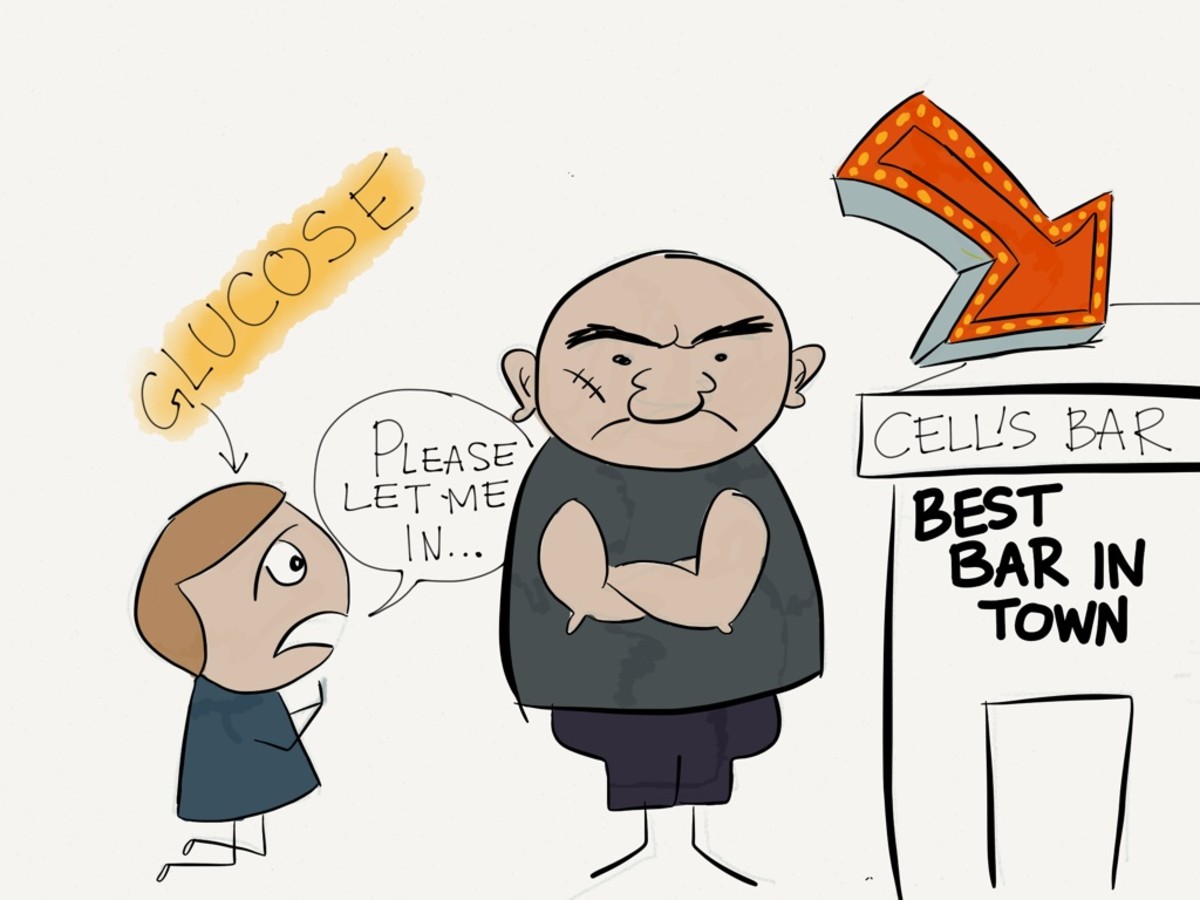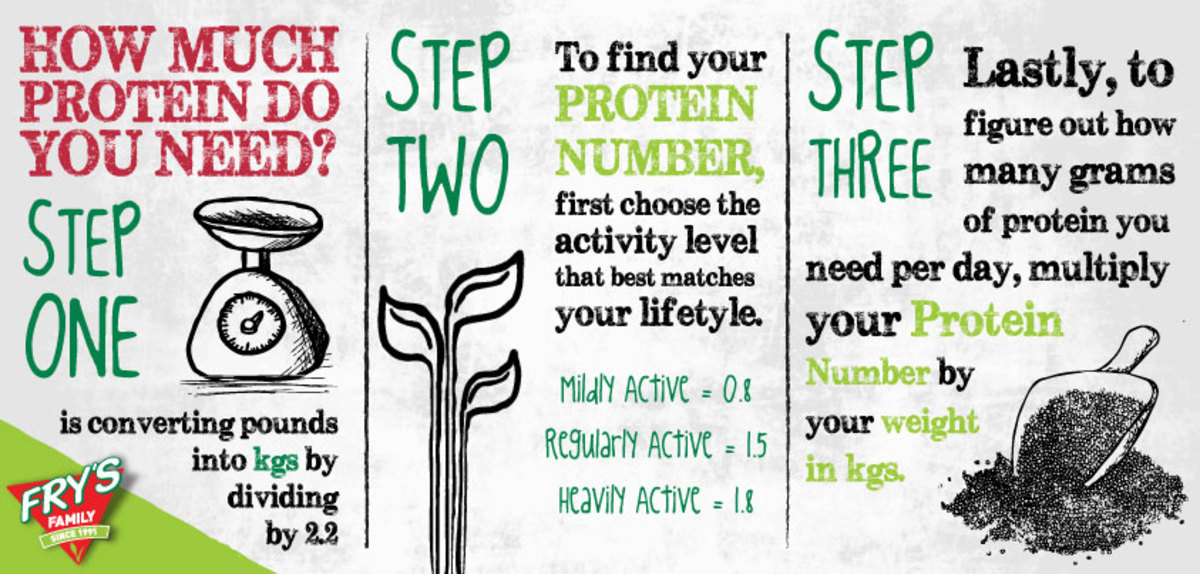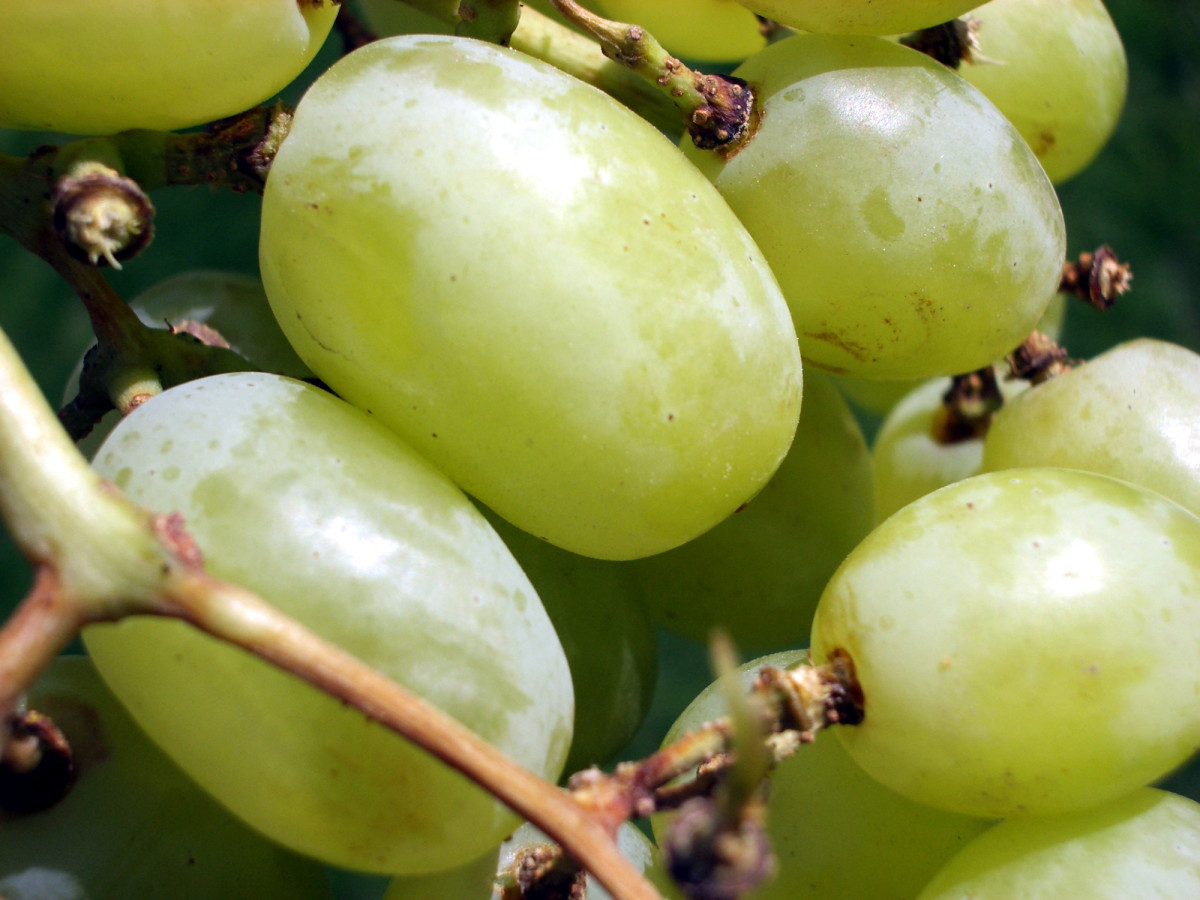Blame High-Fructose Corn Syrup
You really have to search to find foods without high-fructose corn syrup. You've heard some say that it's bad for you and contributes to obesity, diabetes, and other health issues. The National Corn Society markets it as your body can't tell a difference between high-fructose corn syrup and other sugars, so don't worry about consuming it. So what's the real answer? Does high-fructose corn syrup make you fatter, hungrier and unhealthier? With the research below, I believe it does and you should avoid consuming products that have it listed in the ingredients.
What is High-Fructose Corn Syrup?
High-Fructose Corn Syrup (HFCS) is a manufactured sweetener that is a combination of fructose and glucose. Manufacturers have been using HFCS since 1970 and in the last 20 years, the amount of HFCS that is being consumed has increased over 1,000 percent. It's the only sweetener in soft drinks and is mainly used in products because it is cheap, easy to transport and helps preserved.
Glucose and fructose are the two sugars that make up HFCS. Understanding how these two elements affect the body will help us understand why HFCS is not healthy for you.
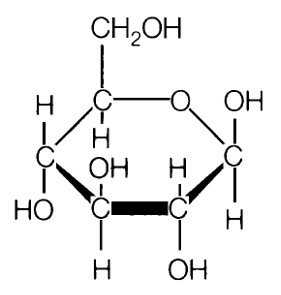
The Structure of Glucose
Glucose is a simple sugar, or a monosaccharide and comes from the food we eat, such as fruit, bread, pasta or other carbohydrates. Glucose is essentially what you are measuring when you test your blood sugar levels. Glucose is metabolized in the liver and is efficiently broken down into energy or stored in the body as glycogen, which can be used for energy at later times.
Sound pretty good, right? Glucose becomes a problem in the body when the liver and muscles are too full of glycogen to process the incoming glucose. In order for the body to metabolize the extra glucose, it gets converted into fatty acids and stored in the body as fat. Insulin helps metabolize glucose but over time if you continue to consume more glucose than the body can process, the body begins to become insulin resistant, leading to diabetes.
What is Fructose?
Fructose is also a simple sugar, found in many fruits, vegetables, and honey. It's a natural sweetener in plants. When manufactures process fructose it comes from sugar cane, sugar beets and corn. Fructose is the sweetest form of sugar, has a high solubility, and retains moisture for a long period of time, giving the products a longer shelf life.
Fructose has two forms, either a monosaccharide (free fructose) or a disaccharide (sucrose). Sucrose has a direct ratio of glucose and fructose, compared to free fructose, which has 55 percent fructose and 42 percent glucose and three percent saccharides. The structure of fructose makes a difference on how you body absorbs the food and how quickly it is metabolized. Free fructose molecules are not bound to any other molecules, making it easy to absorb and be utilized by the body instantly. Sucrose molecules are bound to glucose molecules so the body has to process the molecules in the intestine and then break it down for energy. High-fructose corn syrup is a free fructose molecule, meaning as soon as it enters the body it's ready for absorption and utilization. That's why when you consume something with a lot of sugar in it, you have a short burst of energy and then a drop in your energy levels.
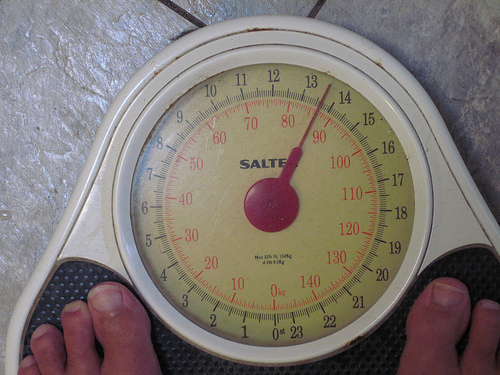
Weight Gain From High-Fructose Corn Syrup
Researchers continue to develop studies to examine the correlation between HFCS and weight gain. Princeton University reported results from two long-term studies that looked at the effects of HFCS on the body. Both studies concluded that the animals that consumed a diet high in HFCS gained 48 percent more weight than the animals that did not have HFCS in their diet. Weight gain was not the only problem associated with a diet high in HFCS. The animals had higher levels of abdominal fat, increased cholesterol and an increase in blood pressure.
The USDA had to stop one of their studies due to HFCS causing subjects to develop heart-related abnormalities. Another study had rats that died after 5 weeks of being fed a HFCS diet.
HFCS has also be found to affect the body's ability to absorb other nutrients. One nutrient that is affected is chromium, which is a mineral that is essential for maintaining proper insulin levels. HFSC reduces chromium levels in the body, creating unstable blood sugar levels. The New York Times presented research that showed how quickly rats developed diabetes and symptoms of diabetes when they were fed foods high in HFCS compared to the rats who were fed only natural foods, such as fruits and vegetables.
In previous years, the reason HFCS was promoted as not any different than regular sugar was because it was believed that HFCS and sucrose had the same ratio of glucose and fructose. The belief was HFCS was 55 percent fructose and sucrose had 50 percent fructose. But recent studies have revealed that HFCS has a higher ratio of fructose to glucose. One study examined the sugar composition of soft drinks. They found that all soda brands had over 60 percent of fructose.
Since fructose is quickly metabolized in the liver, there are a lot more physiological problems consuming fructose, including increased triglycerides, fat storage and weight gain.
HFCS Consumption
HFCS is used in most processed foods to add sweetness, help preserve the product longer and to make the product cheaper to buy. On average it is believed that each American consumes 150 pounds of sugar a year, which breaks down into about 550 calories per day. It seems like a lot but when you consider that refined and processed sugar is about eight times as concentrated as natural sugar, it's easy to deceive the tongue and appetite to eat more. One researcher suggested that five pounds of natural sugar is equivalent in taste to about six ounces of refined sugar.
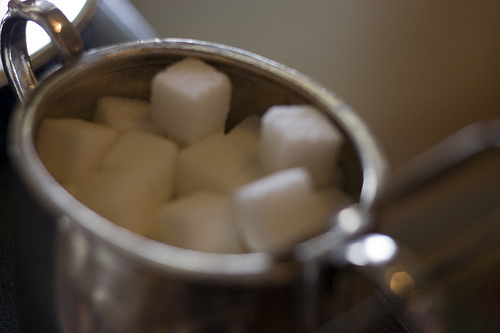
Recommendations & Calculate Your Sugar Intake
Based on the 2010 Dietary Guidelines provided by the Surgeon General and the American Dietetic Association, Americans should consume no more than 8 teaspoons per day of added sugar, based on a 2,000 calories per day diet. The sugar should come from natural sources, such as fruits, vegetables, not food processed foods.
For every teaspoon of sugar it equals 4 grams of sugar. Helping you understand how much sugar you can consume, here's a list of common foods and what it means for your sugar intake.
Low fat, fruit-on-the-bottom yogurt has 7 teaspoons of sugar. Two tablespoons of ketchup has two teaspoons of sugar. A 8 oz. serving of orange juice has 5.5 teaspoons of sugar. That 10 oz. soda you had at lunch has 22 teaspoons of sugar, nearly 3 days worth of the recommended amount of sugar. Unless you buy the natural version of peanut butter, you get 1 teaspoon of sugar from your peanut butter, add that to the 2 teaspoons of sugar you get from the jelly, your nearly halfway to your recommend amount of sugar intake for the day.
It is hard to cut out HFCS from your diet immediately and completely because we are so used to having it in our diets. Start small and understand that it won't happen over-night. Look at the ingredient list and if HFCS is listed in it, go for something else. It is a challenge but the health benefits that you will get from not consuming so much HFCS will be worth it.


